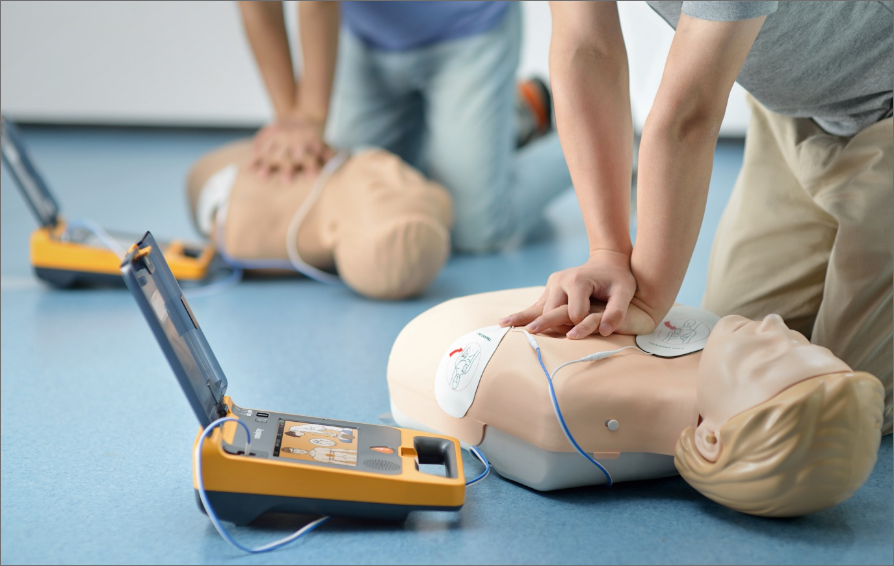In emergencies where every second counts, having access to life-saving equipment can make all the difference. One such crucial tool is the defibrillator, commonly referred to as a "defib." This device plays a pivotal role in restoring a regular heartbeat during sudden cardiac arrest (SCA), a condition where the heart suddenly stops beating effectively.
Understanding how AED defib work, their types, and their importance in public and private settings can significantly enhance preparedness and potentially save lives.
What is a Defibrillator?
A defibrillator is a medical device that delivers an electric shock to the heart in cases of life-threatening arrhythmias (irregular heart rhythms) such as ventricular fibrillation and ventricular tachycardia. These conditions can cause the heart to stop pumping blood effectively, leading to sudden cardiac arrest. The shock from a defibrillator helps the heart re-establish its normal rhythm, allowing it to pump blood effectively once again.
Types of Defibrillators
Automated External Defibrillators (AEDs):
- Usage: Designed for use by non-medical personnel in emergencies.
- Accessibility: Often found in public places like airports, malls, schools, and workplaces.
- Operation: AEDs provide clear voice instructions to guide users through the process of delivering a shock.
- Effectiveness: Immediate use of an AED significantly increases the chances of survival in cases of sudden cardiac arrest.
Implantable Cardioverter Defibrillators (ICDs):
- Usage: Surgically implanted in patients at risk of recurrent arrhythmias.
- Functionality: Monitors heart rhythm continuously and delivers shocks as needed.
- Beneficiaries: Recommended for individuals with a history of serious arrhythmias or those at high risk of sudden cardiac arrest.

Importance of Defibrillators in Public and Private Settings
Public Settings:
- Accessibility: AEDs in public places increase the likelihood of immediate intervention during cardiac emergencies, where every minute without treatment reduces survival chances by 7-10%.
- User-Friendliness: Designed to be used by bystanders with minimal training, making early defibrillation possible before professional medical help arrives.
Private Settings:
- Workplaces: Occupational Health and Safety regulations often require workplaces to have AEDs, considering the potential risk to employees.
- Residential Areas: Increasingly common in residential buildings, especially in communities with elderly residents or individuals with known heart conditions.
- Recreation Facilities: Gyms, sports clubs, and community centers frequently equip themselves with AEDs due to the physical exertion associated with such activities.
Deploying Defibrillators Effectively
Training and Awareness:
- Training Programs: Basic CPR and AED defib training programs empower individuals to respond effectively during emergencies.
- Public Awareness: Campaigns highlighting the presence and use of AEDs can encourage public confidence and prompt action during cardiac events.
Maintenance and Accessibility:
- Regular Checks: Routine maintenance ensures that defibrillators are operational and ready for immediate use.
- Visible Placement: Strategically placing AEDs in easily accessible locations with clear signage improves response times during emergencies.
Final Words
Defibrillators are not just life-saving devices but critical tools in improving survival rates during sudden cardiac arrest. Whether in public spaces, workplaces, or private residences, their presence can mean the difference between life and death. Understanding their functionality, ensuring accessibility, and promoting awareness through education are essential steps in harnessing the full potential of defibrillators in saving lives.
In conclusion, the integration of AED defib into everyday environments enhances community resilience and emergency response capabilities, underscoring their indispensable role in modern healthcare infrastructure. By embracing their importance and promoting widespread deployment, we can collectively enhance preparedness and safeguard lives against the unpredictability of cardiac emergencies.










